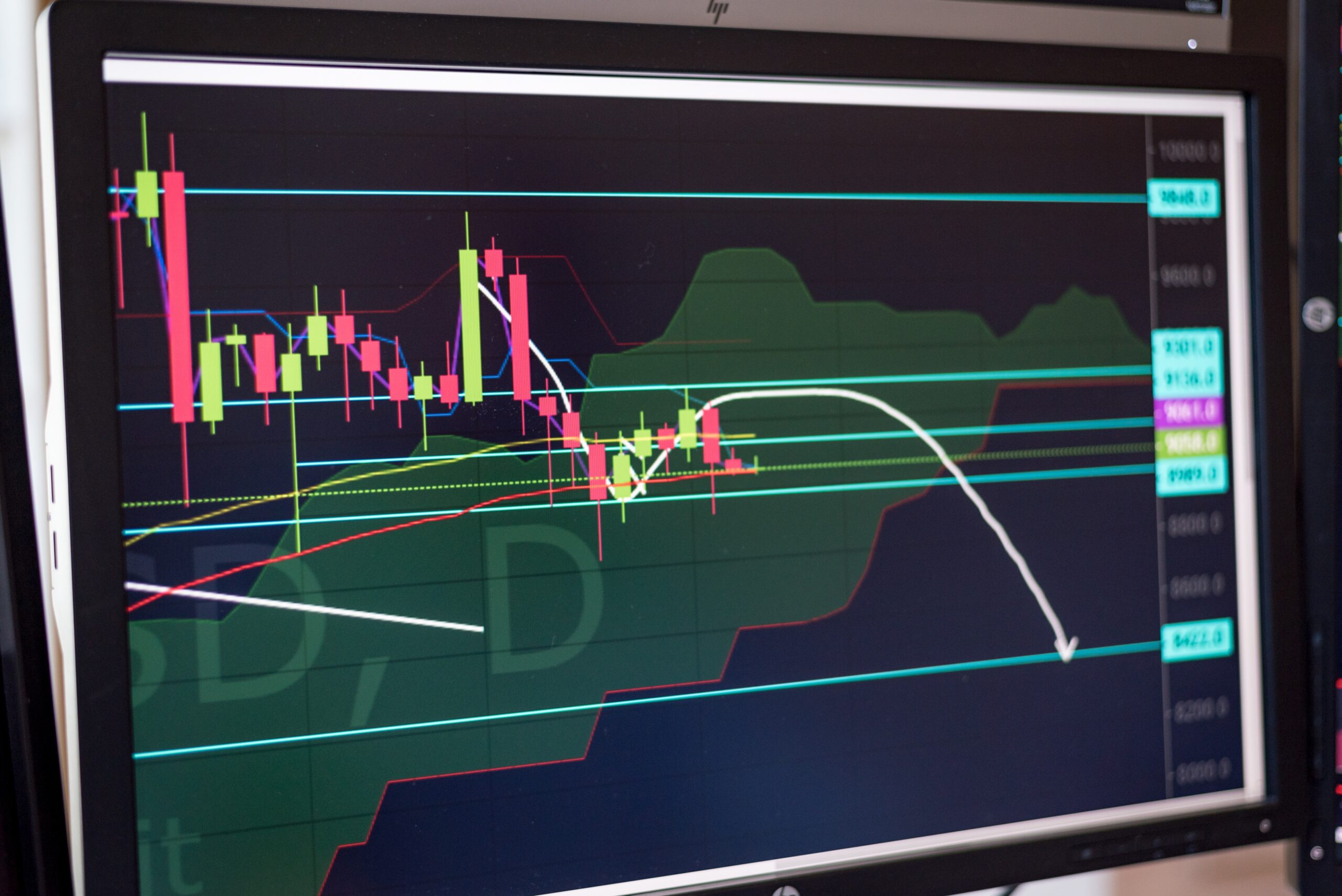Proof-of-Reserves Cryptocurrency Exchanges: Benefits and Disadvantages
The year 2022 ended up being one of the most challenging years for the cryptocurrency industry. Large platforms like FTX, Celsius, BlockFi, Hodlnaut, and Voyager all went out of business, and the market as a whole also saw a considerable decline. There's no doubt that the most...

The year 2022 ended up being one of the most challenging years for the cryptocurrency industry. Large platforms like FTX, Celsius, BlockFi, Hodlnaut, and Voyager all went out of business, and the market as a whole also saw a considerable decline. There’s no doubt that the most important players are still in the market. However, they now have to work hard to restore investors’ faith in centralized platforms, which has been shaken up a lot by all of these events.
What Does “Proof of Reserves” Mean?
Proof-of-Reserves is a method for auditing the cryptocurrency reserves held by a centralized platform that can be checked by a third party. As a matter of standard practice, audits by a third party and cryptographic proofs are often combined into a single method. On some sites, like Phemex and Kraken, users can manually check to see if their assets are on the blockchain. This makes sure that the assets are still out there and that the user can get them back at any time.
It seems like everyone should switch to decentralized exchanges and wallets instead of giving their money to someone else. Why is this not possible? Custodial exchanges are, in fact, rather significant to the market as a whole. There are a lot of investors, both individual and institutional, who can’t or won’t work with decentralized funds custody. Even though proof-of-reserves isn’t as open and accessible as DEX, it’s still preferable to having nothing at all.
Proof-of-Reserves: Varieties and Principles
Experts identified four basic PoR principles:
- Self-validation happens when a website publishes the cryptographic addresses of the places where its assets are kept, as well as any other proof of ownership, like a digitally signed message.
- Both the user and a third party must verify their identities. The only difference is that each address and piece of data is checked by an independent party.
- Proof-of-Self-Reserves-and-Liability for Oneself (PoRL). In addition to verifying the assets already in existence, it also verifies the obligations now in place (the potential volume of user requests if everyone wants to withdraw funds at the same time). The technique of the Merkle tree is utilized frequently.
- PoRL with auditing by a third party.
The third and fourth choices are the most dependable ones. A comprehensive examination of this type, however, can take quite some time – anything from a few days to several weeks, depending on the magnitude of the trade.
The founders of cryptocurrency exchanges have, for the most part, come to the conclusion that the business needs more openness, and they are prepared to share pertinent data whenever it may be required.
Advantages and Disadvantages of PoR
Pros
- Confirmation that a centralized cryptocurrency exchange may be relied upon.
- The user does not need to worry about not being able to access his cash at any moment since they are always available to them.
- More trust and transparency between users of centralized platforms and the platforms themselves.
- It’s possible that reserves will become standard operating procedure, which can only be good for the industry.
Cons
- There is a risk of customers’ privacy being violated as a result of unauthorized access to information regarding their account balances.
- Quite sometimes, exchanges simply disclose information about assets and not about liabilities at all. As a consequence, it does not provide any insight into the processes that will take place in the case of a collapse.
- Auditors are not infallible. For instance, the very same FTX was subjected to an audit.
- The PoR does not take into consideration the assets that are involved in other activities, such as lending.
What Experts Think
Vitalik Buterin, the developer of Ethereum, recently shared some insightful commentary on the state of affairs around Proof-of-Reserves for centralized exchanges in a piece that was made public. He concurred that a proof of solvency was required, and furthermore, he believed that it ought to have been carried out even sooner, following the failure of Mt.Gox in 2011.
Buterin points out that the Merkle Tree approach is not totally private information safe, despite the fact that it is now the most used way. He is of the opinion that the ZK-SNARKs method is not only more efficient but also more straightforward, since it can unquestionably demonstrate both the existence of a balance and the adequacy of such balance for the possible return of payments. Buterin also offered a number of alternative solutions to the problem of preventing the exploitation of user funds, one of which was called Plasma.
The Chief Operating Officer of the Canadian cryptocurrency exchange Coinsquare, Eric Richmond, is of the opinion that although proof of reserves is beneficial, it would be preferable to have effective regulation with daily updates.
